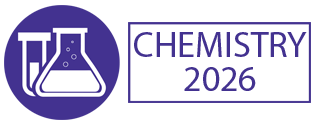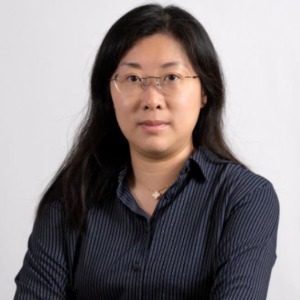Title : Utilizing generative AI for interactive borane modeling: Insights from wade's rule in undergraduate education
Abstract:
Boranes, a class of electron-deficient cluster compounds, exemplify the principles of polyhedral skeletal electron pair theory as described in Wade's Rule. As these borane clusters are 3D in nature, and have a different geometries compare to other organic compoudns, understanding and predicting the borane cluster’s three-dimensional structures is challenging for the students in introductory chemistry curricula. This study explores the application of generative artificial intelligence (AI) models, including Grok and DeepSeek, to generate interactive, structurally accurate borane models, serving as an innovative pedagogical tool for visualizing chemical bonding concepts. We prompted these AI systems with descriptions of simple boranes (e.g., B₂H₆, B₅H₉) guided by Wade's Rule, requesting 3D structural outputs in html format. For simple closo- , nido-and arachno boranes, such as B4H42-, the AI produced geometrically precise models, correctly predicting the borane cluster geometries, bridge hydrogens, and electron counts. Interactive features, such as rotatable animations and orbital overlays, were seamlessly integrated, enhancing student engagement during virtual simulations. However, challenges emerged with hyper-complex higher boranes where AI outputs deviated from Wade's predictions, possibly due to the training data biases toward common organic motifs. Refinement through iterative prompting mitigated some inaccuracies, yielding 85% structural fidelity for benchmark cases. This AI-driven approach offers a dynamic, accessible entry point for undergraduate discussions on multicentre bonding and cluster topology. By utilizing generative AI tools, it fosters intuitive understanding without prerequisite computational expertise, paving the way for the incorporation of AI in chemical education.




